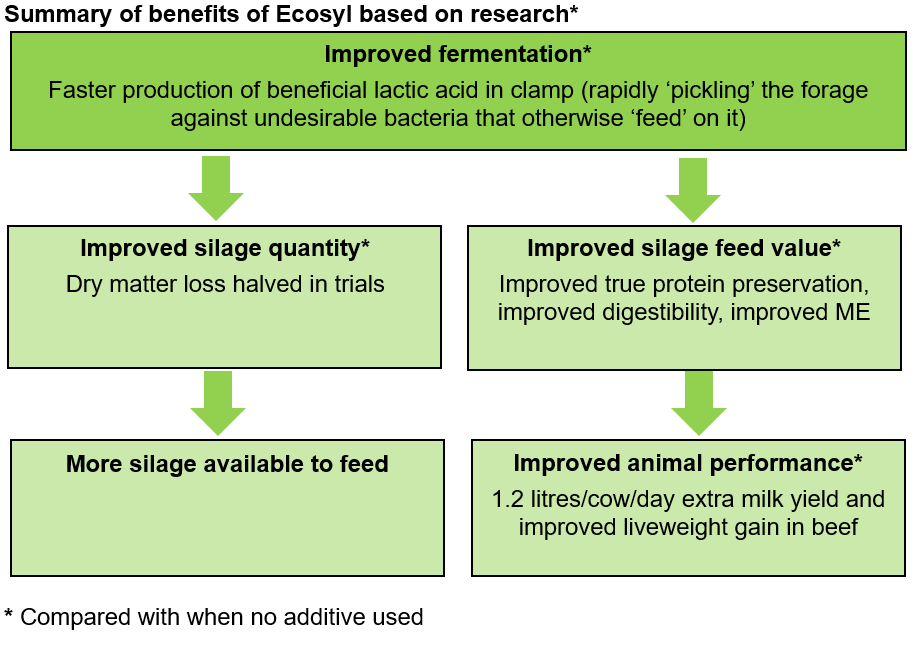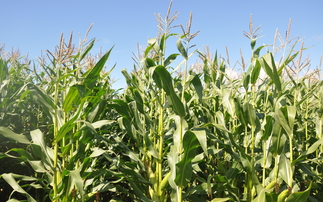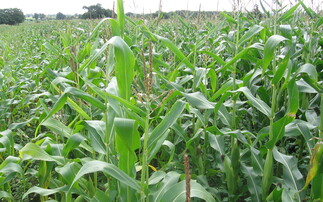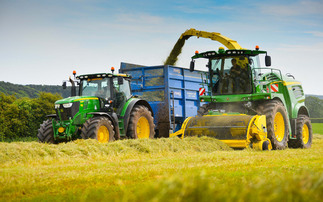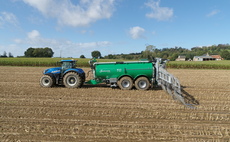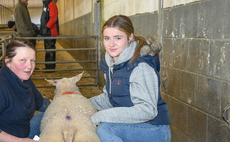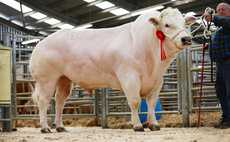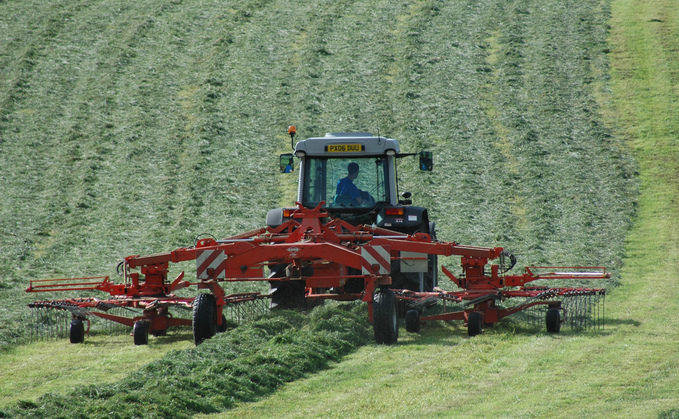
Good bacteria on grass include lactic acid bacteria - although you do not know whether they are present in sufficient numbers or the most efficient strains.
Bad bacteria include those from slurry (enterobacteria) and soil (clostridia). If these grow in silage they produce undesirable compounds, including volatile fatty acids (VFAs) - which are weaker at preserving silage against other unwanted bacteria, and also waste energy and dry matter from the fermented sugar (see tables).
All of which is why an additive (such as Ecosyl) which dominates the clamp with good bacteria is important.
Examples of desirable and less desirable bacterial fermentations
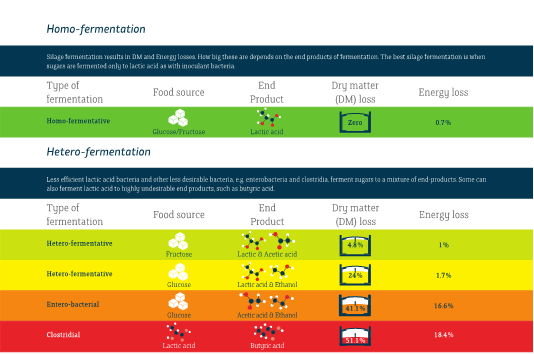
Research shows more metabolisable energy (ME) retained in silage with Ecosyl

